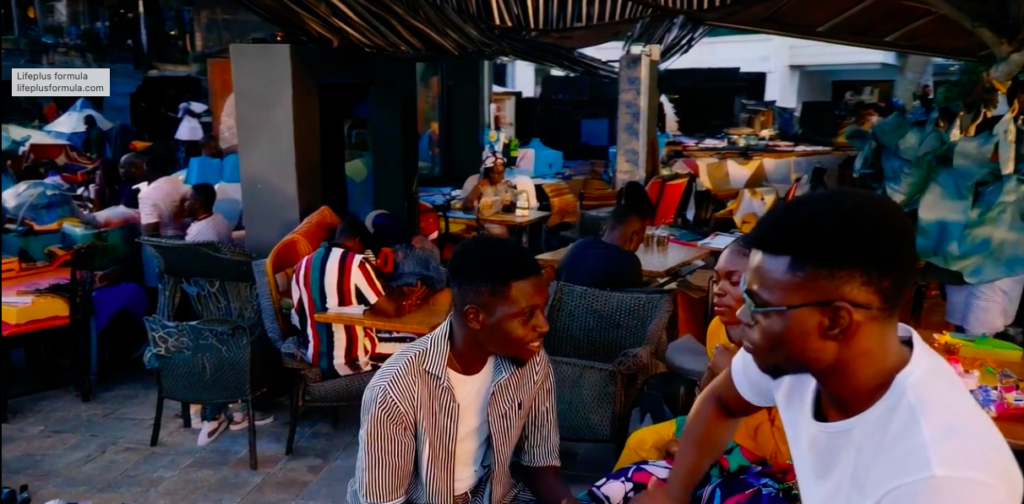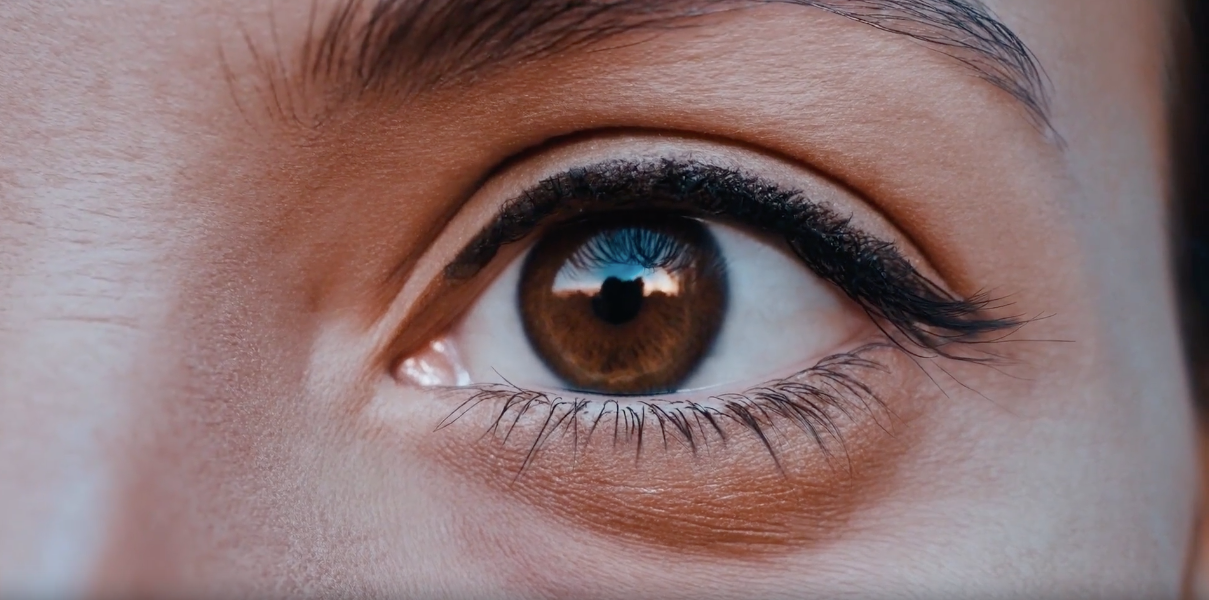In the realm of cutting-edge technology, OpenAI has ignited fervent discussions with the unveiling of Sora, a revolutionary text-to-video model that blends deep learning, natural language processing, and computer vision to craft immersive and lifelike video content from textual prompts. This groundbreaking innovation has generated both excitement and apprehension among enthusiasts and critics alike, signaling a significant paradigm shift in content creation methodologies.

Unlike its predecessors, such as Meta’s Make-A-Video, Sora transcends previous limitations associated with visual data interpretation, video length, and resolution constraints. Through impressive demonstrations, OpenAI has showcased Sora’s ability to generate videos of varying lengths and resolutions, from short clips to full-minute narratives, all in high definition, thus accommodating a diverse array of creative needs and preferences.
Although an official release date remains undisclosed, industry observers anticipate Sora’s public availability in the coming months, based on OpenAI’s established release patterns. Presently, access to Sora is restricted to experts, artists, and select filmmakers, heightening anticipation for its widespread debut.
Understanding Sora’s Mechanics: At the core of Sora’s innovation lies a sophisticated technique that translates visual data into a format readily comprehensible and manipulable by the model, akin to tokenization in text-based AI applications. This intricate process involves compressing video data into manageable forms and segmenting it into patches or segments, which serve as building blocks for Sora to construct new videos seamlessly.
Powered by a fusion of deep learning, natural language processing, and computer vision, Sora boasts a multifaceted approach to content creation. Deep learning enables Sora to discern and generate intricate patterns in data, while natural language processing interprets textual prompts to craft videos with precision. Moreover, computer vision facilitates accurate comprehension and generation of visual content, ensuring the fidelity and coherence of the generated videos.
Implications for Businesses: Sora’s versatility emerges as one of its most prominent features, supporting various video formats and sizes, optimizing framing and composition, and accommodating textual, visual, or video prompts for seamless animation or extension. This versatility unlocks a myriad of opportunities for businesses across diverse sectors.
In marketing and advertising, Sora empowers brands to craft engaging and visually captivating video content for promotional campaigns, social media engagement, and advertisements. By generating custom videos based on textual prompts, Sora facilitates greater creativity and personalization, enabling brands to differentiate themselves in a competitive market landscape.
Moreover, Sora’s potential extends to training and education, allowing companies to develop tailored educational materials that enhance the learning experience for employees and customers alike. In e-commerce, Sora enables retailers to create dynamic product demonstrations and immersive virtual try-on experiences, enriching the online shopping journey and potentially increasing return on investment.
Challenges on the Horizon: Despite the promise of Sora’s capabilities, stakeholders must navigate various challenges, including copyright issues, ethical concerns surrounding deepfake proliferation, and the management of digital noise. Establishing robust guidelines and safeguards to prevent misuse and maintain trust in the technology is paramount, as OpenAI collaborates with experts to vet the model before its public release.
Furthermore, the proliferation of low-quality or irrelevant video content poses challenges in filtering and curating content, necessitating innovative solutions to maintain user engagement and relevance. Additionally, the impact of Sora on the job market for content creators remains a pertinent consideration, highlighting the need for professionals to adapt and integrate Sora into their workflows to augment creativity and efficiency.

Conclusion: As OpenAI’s Sora prepares to make its mark on the world of content creation, businesses stand poised to embrace a new era of innovation and creativity. By understanding Sora’s mechanics, exploring its implications for various sectors, and addressing key challenges, businesses can harness its transformative potential to unlock unprecedented opportunities in the digital landscape.
